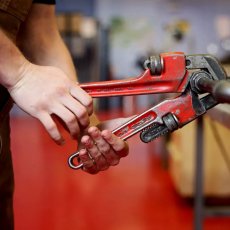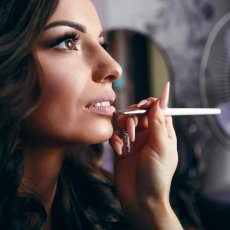A Guide to Enjoying Reflexology Massage at Home
Reflexology is an ancient therapeutic practice that involves applying pressure to specific points on the feet, hands, or ears to stimulate various organs and systems in the body. While professional reflexology sessions offer numerous benefits, it is also possible to enjoy the benefits of this massage technique in the comfort of your own home. In this article, we will explore how you can practice reflexology massage at home and experience its rejuvenating effects.
1. Understanding Reflexology:
Begin by explaining the concept of reflexology, highlighting its origins and the belief that certain points on the feet, hands, and ears correspond to specific organs and systems in the body. Describe how applying pressure to these points can promote relaxation, relieve stress, improve circulation, and enhance overall well-being.
2. Preparing for a Reflexology Session:
Provide a step-by-step guide on how to prepare for a reflexology session at home. This may include creating a calm and comfortable environment, gathering necessary supplies such as a massage oil or lotion, and setting aside dedicated time for the session.
3. Techniques and Pressure Points:
Explain various reflexology techniques that can be used at home, such as thumb-walking, finger-walking, and circular motions. Discuss the different pressure points on the feet, hands, and ears and their corresponding health benefits. Include illustrations or diagrams to help readers locate these points accurately.
4. Self-Reflexology for Feet:
Provide detailed instructions on how to perform self-reflexology on the feet. Explain the importance of starting with a warm foot soak to relax the muscles and stimulate blood flow. Describe how to apply pressure to different areas of the feet using specific techniques, emphasizing the need to adjust pressure according to individual comfort levels.
5. Hand Reflexology:
Discuss the benefits of hand reflexology and guide readers on how to perform self-reflexology on their hands. Highlight the convenience of hand reflexology, as it can be practiced anywhere and at any time. Explain the techniques and pressure points specific to hand reflexology.
6. Ear Reflexology:
Introduce the concept of ear reflexology, also known as auricular therapy. Explain how certain points on the ears correspond to different parts of the body. Provide instructions on locating and stimulating these points using gentle pressure or massaging techniques.
7. Safety Precautions:
Emphasize the importance of practicing reflexology safely at home. Advise readers to consult with a healthcare professional if they have any underlying health conditions or are pregnant before attempting reflexology. Encourage them to start with light pressure and gradually increase it to avoid discomfort or injury.
8. Conclusion:
Summarize the benefits of practicing reflexology at home and how it can contribute to overall well-being. Encourage readers to incorporate regular reflexology sessions into their self-care routine for maximum benefits. Remind them that while self-reflexology can be enjoyable and beneficial, professional sessions should not be completely replaced.
By following this guide, you can experience the rejuvenating effects of reflexology massage in the comfort of your own home. Remember to prioritize relaxation, take your time, and enjoy the therapeutic benefits of this ancient practice.








 Vectora Design
Vectora Design